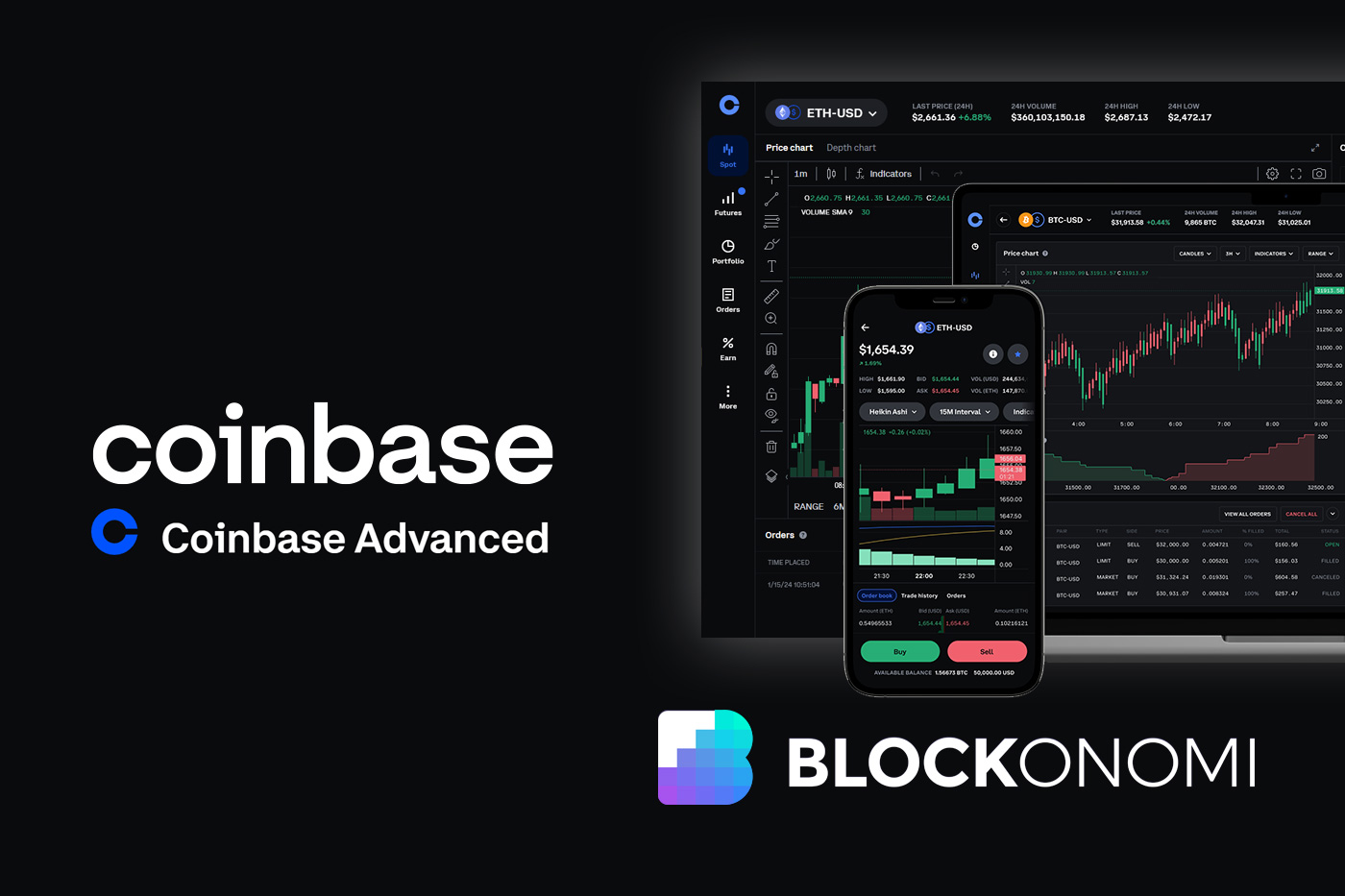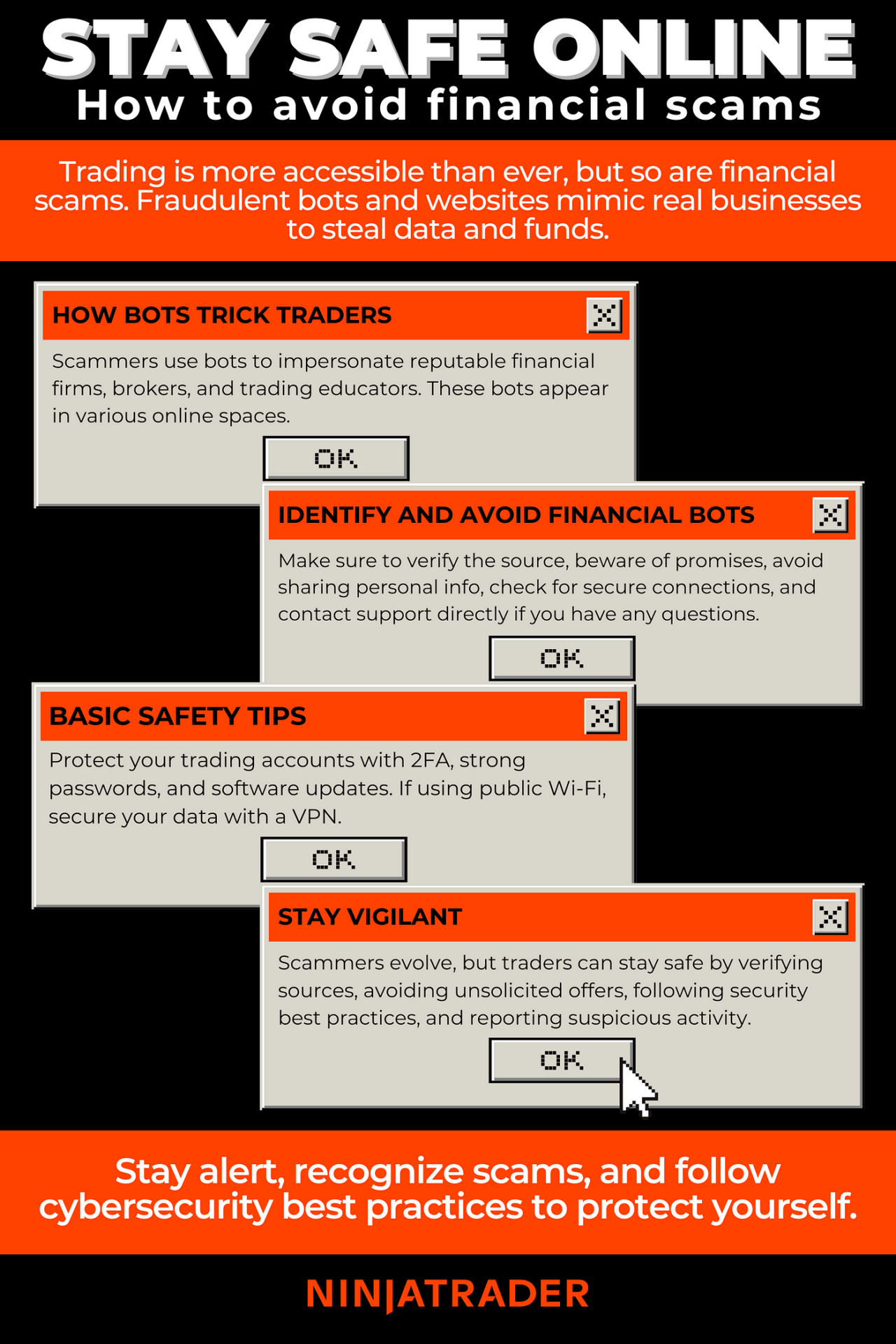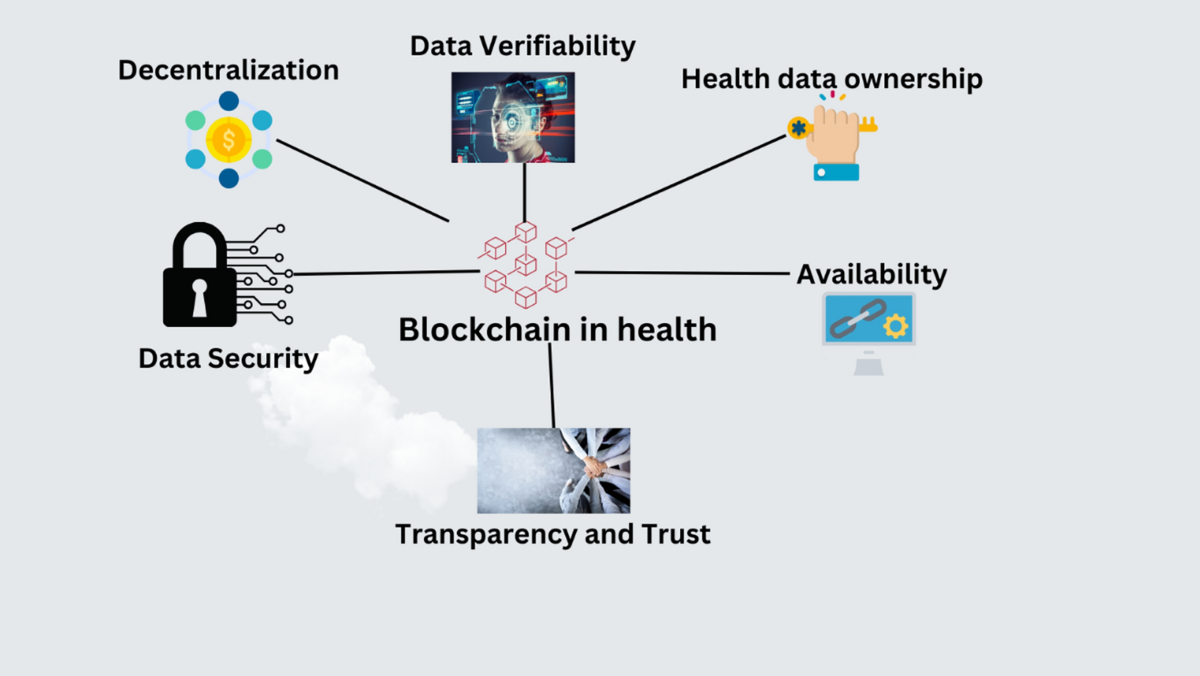Did you know that the first computer virus was created in 1986 and was designed to infect floppy disks? Fast forward to today, and protecting your trading account is more crucial than ever. In this article, we'll explore essential security features to look for in day trading software, including two-factor authentication, encryption, and firewalls. We’ll delve into the role of biometric logins, secure data storage, and real-time security monitoring in safeguarding your information. Discover common security risks, best practices for password protection, and how to identify trustworthy trading platforms. With insights from DayTradingBusiness, you'll be better equipped to navigate the digital landscape and secure your investments effectively.
What security features should I look for in day trading software?
Look for two-factor authentication, encryption (SSL/TLS), secure login protocols, and regular security updates. Ensure the platform offers account activity monitoring and withdrawal verification. Check if it has robust data protection policies and complies with financial regulations. Also, look for fraud detection tools and secure backup options to protect your funds and personal info.
How does two-factor authentication protect my trading account?
Two-factor authentication (2FA) protects your trading account by requiring a second verification step, like a code sent to your phone, beyond just your password. This makes it much harder for hackers to access your account even if they steal your login details. It adds an extra security layer, preventing unauthorized trades and protecting your funds from theft.
Can encryption prevent unauthorized access to my trading data?
Encryption helps protect your trading data from unauthorized access by scrambling information so only authorized parties can read it. It prevents hackers from intercepting sensitive details like your account info and trade history during transmission. While encryption secures data in transit and storage, it doesn't stop someone with system access from viewing your data. Combining encryption with strong passwords, two-factor authentication, and secure device practices offers the best day trading security.
What role do firewalls play in trading software security?
Firewalls protect trading software by blocking unauthorized access and filtering malicious traffic. They create a barrier between your device and potential cyber threats, preventing hackers from infiltrating your trading accounts. Firewalls also monitor data flow, ensuring only legitimate connections to trading platforms. This safeguards sensitive financial information and helps maintain the integrity of your trading environment.
Are biometric logins safe for day trading platforms?

Biometric logins are generally secure for day trading platforms because they use unique physical traits like fingerprints or facial recognition, making unauthorized access difficult. However, no system is foolproof; biometric data can sometimes be spoofed or stolen. Combining biometrics with multi-factor authentication boosts security. For sensitive trading, ensure the platform encrypts biometric data and complies with data protection standards.
How does secure data storage protect my personal information?
Secure data storage encrypts your personal information, making it unreadable to hackers. It also uses access controls and regular backups to prevent unauthorized access and data loss. This ensures your sensitive details stay private and protected from breaches.
What are common security risks in day trading software?
Common security risks in day trading software include data breaches exposing sensitive account info, malware or hacking that hijacks trading accounts, phishing scams targeting login details, weak password protection, and vulnerabilities in third-party integrations. These risks can lead to unauthorized trades, financial loss, or stolen personal data.
How can I identify a trustworthy trading platform?
Check if the platform uses strong security features like two-factor authentication, encryption, and secure login protocols. Look for regulatory licenses from recognized authorities such as the SEC or FCA. User reviews and reputation matter—trustworthy platforms have transparent histories and positive feedback. Verify if they offer secure data handling and have a solid track record of protecting client funds. Avoid platforms with frequent security breaches or vague privacy policies.
Does trading software support real-time security monitoring?
Some trading software includes real-time security monitoring, but not all do. Check if the platform offers live threat detection, instant alerts, and continuous vulnerability scans. Features like real-time encryption, multi-factor authentication, and automatic threat response are key indicators. Verify with the software provider if real-time security monitoring is integrated into their day trading tools.
What are the best practices for securing my trading passwords?

Use strong, unique passwords combining letters, numbers, and symbols. Enable two-factor authentication (2FA) for your trading accounts. Avoid sharing passwords or reusing them across platforms. Regularly update passwords and monitor account activity for suspicious login attempts. Use a reputable password manager to securely store and generate complex passwords. Ensure your trading software and devices have the latest security updates and antivirus protection.
How do trading platforms handle security updates and patches?
Trading platforms handle security updates and patches by regularly releasing software updates that fix vulnerabilities, improve encryption, and enhance overall security. They often automate updates or prompt users to install patches immediately. Developers monitor threats continuously and push urgent patches for critical issues. Users are advised to keep their software up-to-date, enable two-factor authentication, and follow security best practices to protect their accounts.
Can trading software detect and prevent hacking attempts?
Some trading software includes security features like real-time monitoring, anomaly detection, and two-factor authentication to identify suspicious activity. While they can flag hacking attempts, they can't always prevent advanced breaches. Combining software security with strong user practices offers the best protection.
Why is SSL certification important for trading websites?
SSL certification encrypts data between your trading website and users, protecting sensitive info like login details and financial transactions. It builds trust, showing users their data is secure, which boosts credibility. Without SSL, hackers can intercept information, risking theft and fraud. For day trading software, SSL ensures secure communication, preventing unauthorized access and maintaining integrity during fast-paced trades.
How does multi-layer security improve protection in trading apps?

Multi-layer security in trading apps creates multiple barriers against hacks and unauthorized access. It combines methods like two-factor authentication, encryption, and biometric login, so breaching one layer doesn’t expose your account. This layered approach detects suspicious activity early, preventing fraud and data theft. For traders, it means your sensitive info and funds stay safer, even if one security measure is compromised.
What should I do if I suspect a security breach?
Change all your passwords immediately, especially your trading platform and email accounts. Enable two-factor authentication if available. Review recent activity for unauthorized trades or access. Contact your brokerage’s support team to report the breach. Consider disconnecting from the internet temporarily and running a malware scan. Update your security software and monitor your accounts closely for suspicious activity.
Conclusion about Security Features in Day Trading Software
In summary, selecting day trading software with robust security features is crucial for protecting your investments and personal information. Look for two-factor authentication, encryption, and secure data storage to safeguard against unauthorized access. Additionally, trustworthiness can be gauged through real-time monitoring and regular security updates. By prioritizing these elements, you can mitigate common risks and enhance your trading experience. For comprehensive guidance on navigating these security aspects, DayTradingBusiness is here to support you.
Learn about Day Trading Software with Backtesting Features
Sources:
- Assessment of users' adoption behaviour for stock market ...
- The impact of information security events to the stock market: A ...
- Piecing together the extent of retail fractional trading - ScienceDirect
- Informed trading in the options market surrounding data breaches ...
- Distributed ledger technologies in securities post-trading
- A review of Blockchain Technology applications for financial services